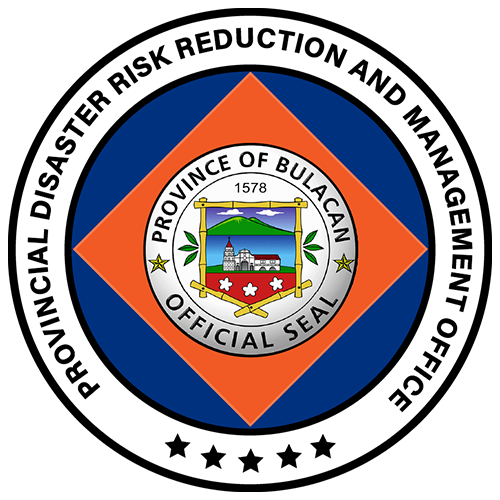A simple exchange of data and information is proposed and recommended for the CBFMMP for the province. The scheme starts from the observation of hydrological elements: rainfall and water level data. The flood marker data is to be provided during flood situations only. This data is to be used for analysis of flood regime in an area and can be used as enhancement to flood hazard mapping. The data or information can also be used for real-time disaster-related activities.
All data will be directly provided to the BDCC. Based on the set criteria for observation in both rainfall and water level values, the BDCC will carry-out necessary disaster-related actions. On the other hand, the BDCC will forward the data to the MDRRMO and then to the PDRRMO. Rainfall and water level data are likewise forwarded to the PDRRMO and in response, on occasions where the situation warrants it, advises the BDCC to carry-out necessary disaster activities. The FFB shall provide weather and flood information to the PDRRMO at all times whenever there is a system prevailing close or over the area.
The communication set is to be provided by the local disaster councils concerned to the observers. As a back-up communication link, cellphones shall be utilized whenever necessary. At any rate, a reliable communication link and timely exchange of information is the main lifeline of the program.
Flexibility in communicating data and/or information within the framework of the system, such as directly informing local residents or any other means or indigenous ways, can also be used as long as the ends can justify the means. In which case, observers can directly announce pre-disaster activities to a critical area, if the situation warrants it, if that is deemed faster.
Similar contingency plans in information dissemination should be developed. Immediate transfer of verified information is the key to more effective disaster mitigation.
